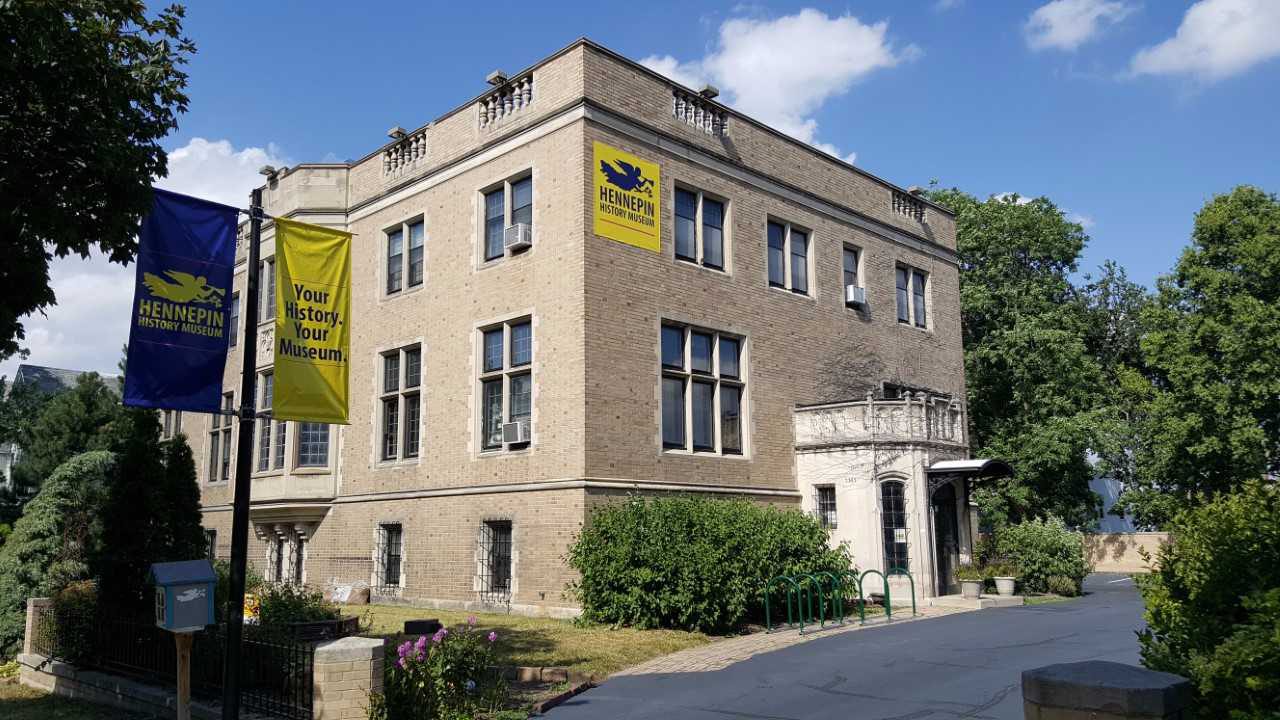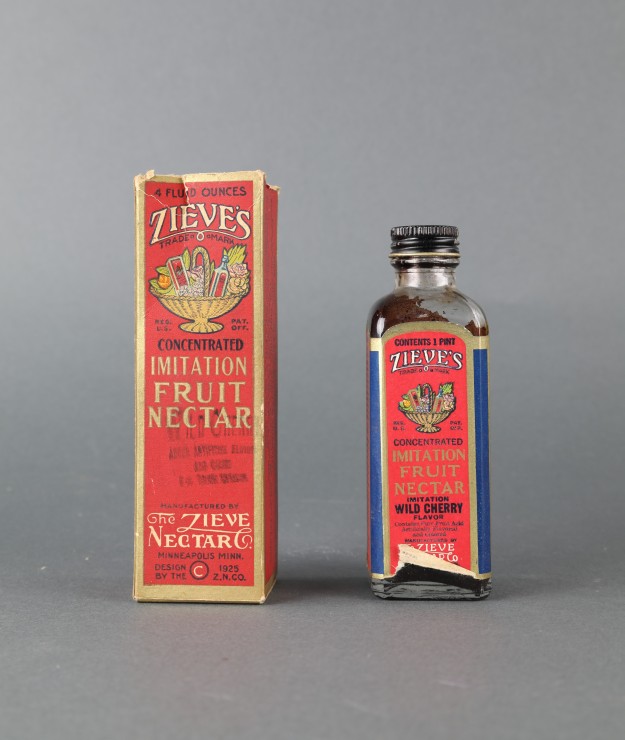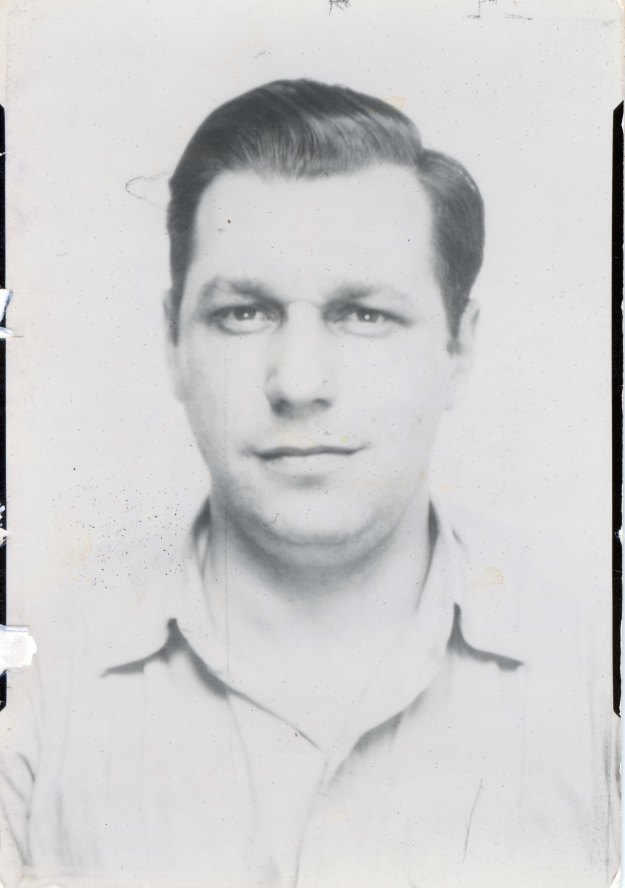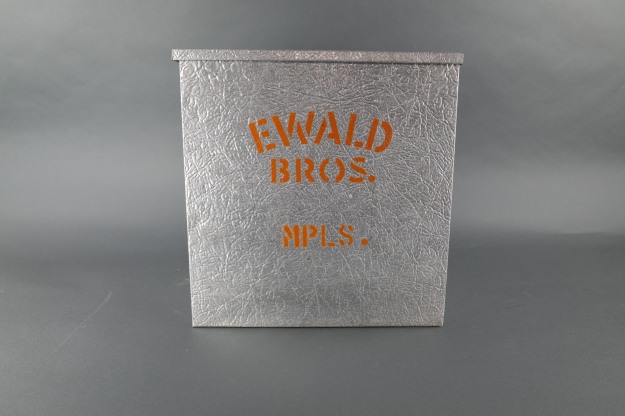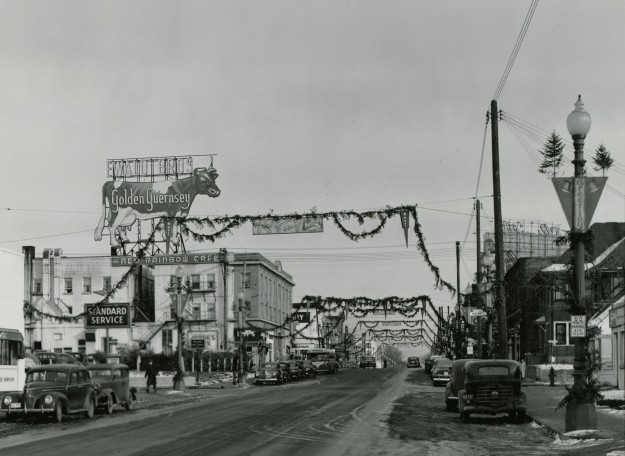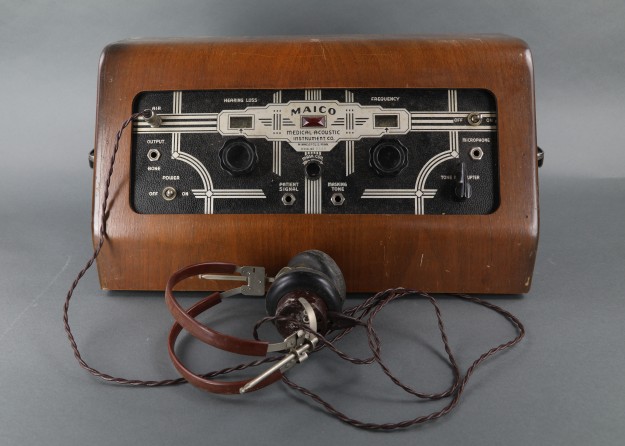
Image from HHM Collections
Grain Belt is Minnesota’s best-known beer. The brand has endured a tumultuous history that spans over 125 years, but still has a loyal customer base in the upper Midwest, especially in Hennepin County. The collection at the Museum includes Grain Belt memorabilia, like the drink tray seen above, and the electric bar sign seen below. The local favorite has proven it’s not going anywhere and a look back on Grain Belt’s past sheds light on what it had to overcome to achieve such longevity.
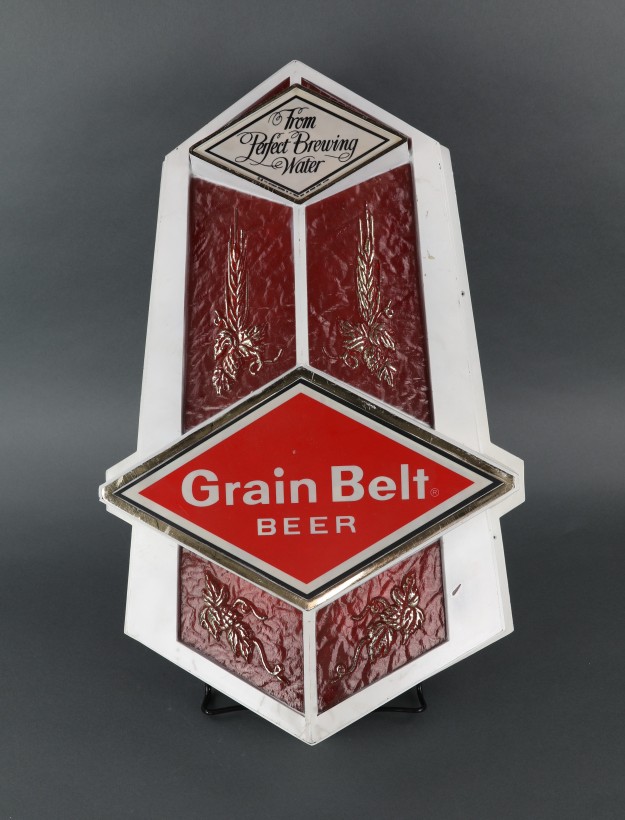
Image from HHM Collections
Grain Belt traces their roots back to 1890, when the Minneapolis Brewing and Malting Company was incorporated. The company was formed through the consolidation of four breweries in the Twin Cities. In 1891, they built themselves an enormous new brewery in Northeast Minneapolis and installed in it the most modern equipment available. By 1893, they shortened their name to Minneapolis Brewing Company. The same year they introduced a beer called Golden Grain Belt Old Lager and it quickly became a best seller.
During Prohibition, the brewery tried to stay afloat by producing near beer, but ultimately was forced to close its doors in 1929. When Prohibition was repealed in 1933, Grain Belt started production once again. This is when they coined the slogan “the friendly beer with the friendly flavor.” The brewery became even more popular than before and maintained their success for the following decades. Sales began to lag in the early fifties, so the brewery introduced a new formulation they called Grain Belt Premium. In just a few years Grain Belt Premium had become the flagship of the company and in 1967 the company officially changed its name to Grain Belt Breweries
Unfortunately, the company once again suffered from low sales, and the Grain Belt brewery closed its door forever in 1975. After being sold to local businessman Irwin Jacobs, Grain Belt was then acquired by the G. Heileman Brewing Company of Wisconsin, who also owned Grain Belt’s largest competitor, Schmidt. This was nearly the demise of Grain Belt. Heileman ceased nearly all advertising and promotion of Grain Belt, in favor of Schmidt.
Grain Belt managed to withstand this near-death experience after the Minnesota Brewing Company acquired the rights to Grain Belt’s labels in 1991. Despite achieving moderate success, sales once again began to suffer, and Minnesota Brewing went out of business in 2001. However, Grain Belt’s story wasn’t over yet. In 2002 the August Schell Brewing Company of New Ulm began brewing Grain Belt. The beer experienced a resurgence, and today has become a permanent fixture.
Today, Grain Belt can be proud that it survived such an uncertain journey. Though the Grain Belt Brewery is now an office building, it still stands as a landmark of a beloved beer that persevered against all odds, as does the renovated and newly relit landmark Grain Belt sign that shines above the Mississippi River, standing as an enduring tribute to the local favorite.
Written by Alyssa Thiede
Sources:
“Brewer Plans Name Change,” Minneapolis Tribune, April 1, 1967. Star Tribune Archive.
Feyder, Susan. “Shell’s Game,” Star Tribune, January 15, 2003. Star Tribune Archive.
Kennedy, Tony. “A Regional Brand’s Boisterous Century,” Star Tribune, August 30, 1993. Star Tribune Archive.
http://startribune.newspapers.com/image/180260014
This publication was made possible in part by the people of Minnesota through a grant funded by an appropriation to the Minnesota Historical Society from the Minnesota Arts and Cultural Heritage Fund. Any views, findings, opinions, conclusions or recommendations expressed in this publication are those of the authors and do not necessarily represent those of the State of Minnesota, the Minnesota Historical Society, or the Minnesota Historic Resources Advisory Committee.

